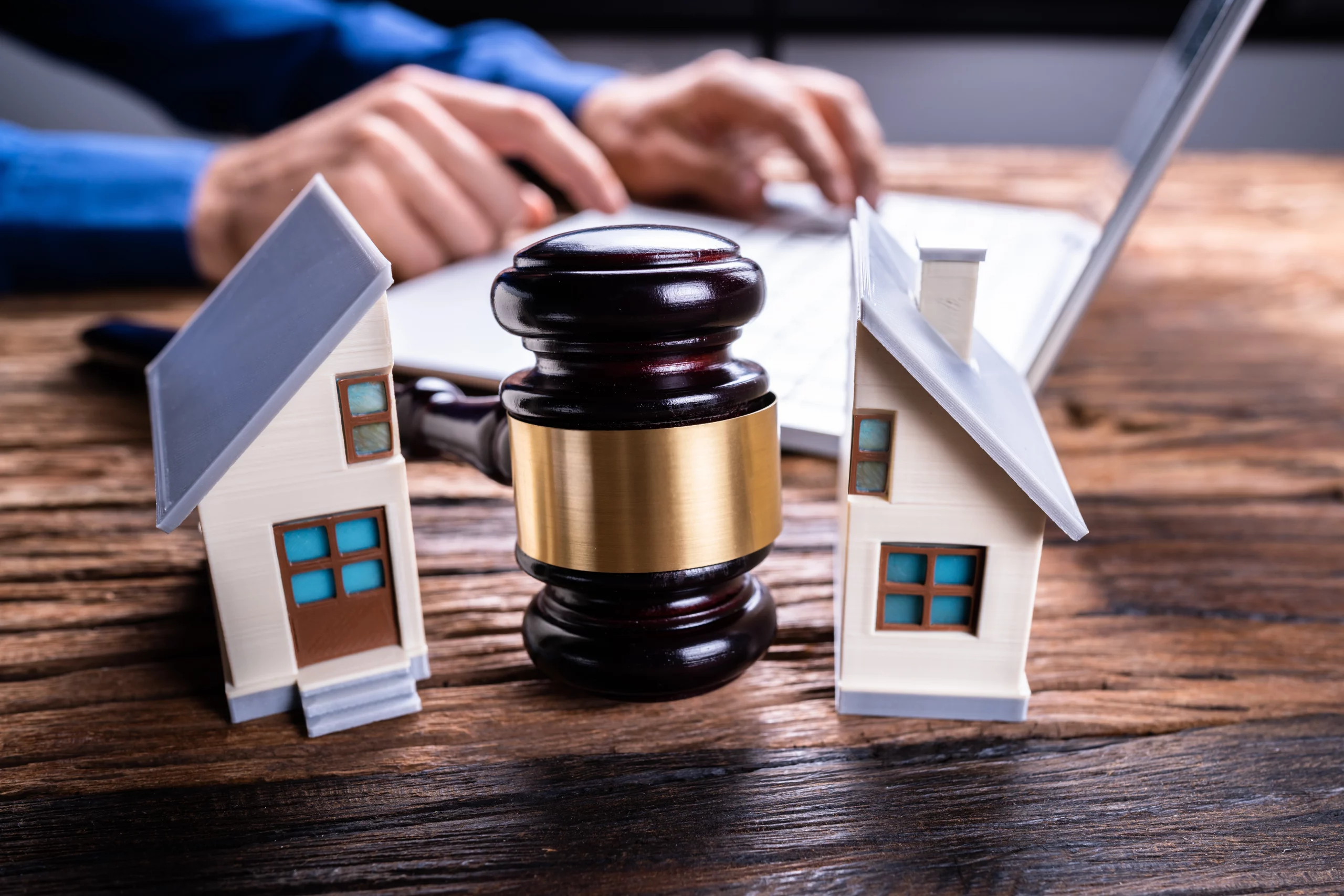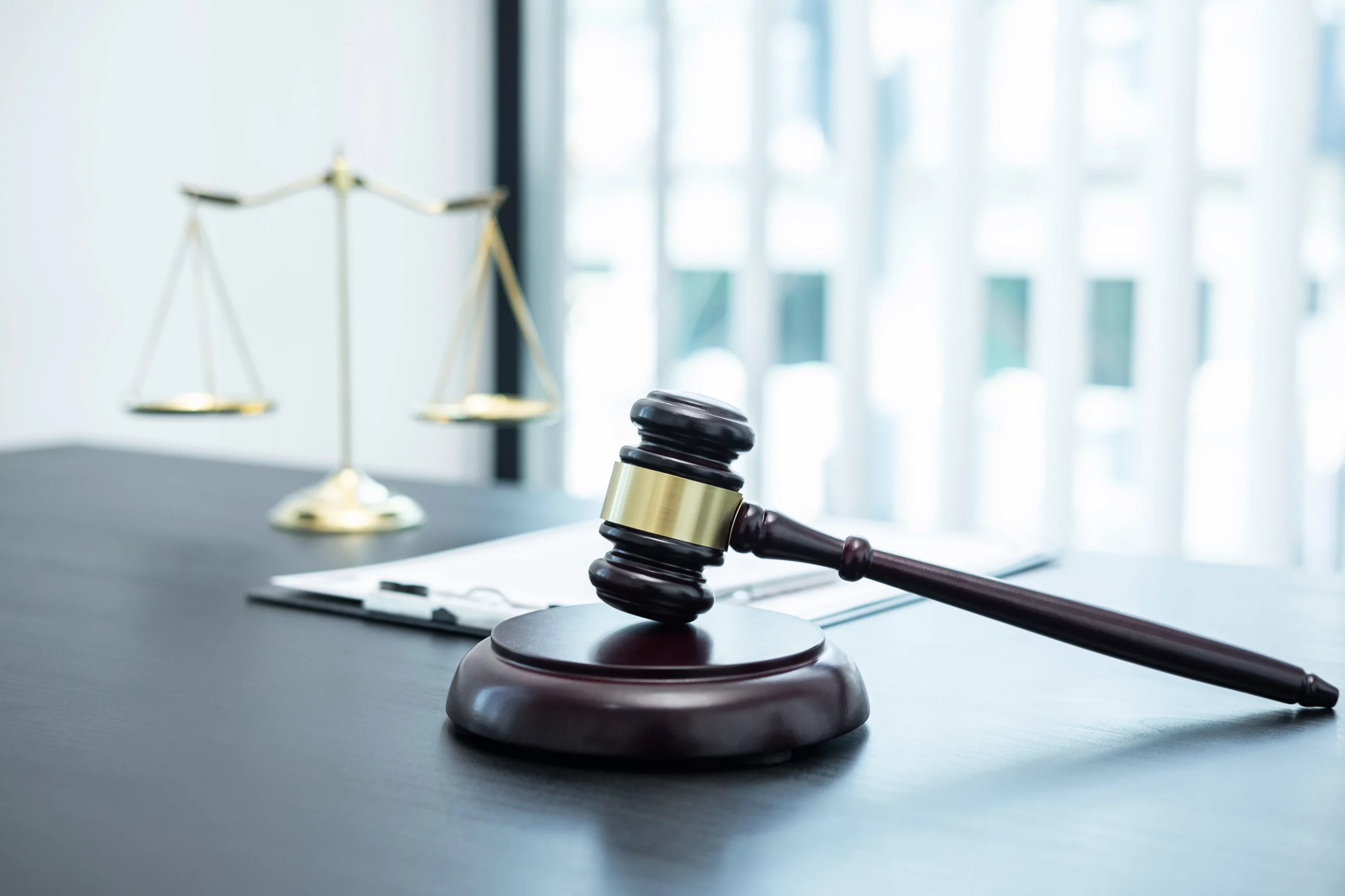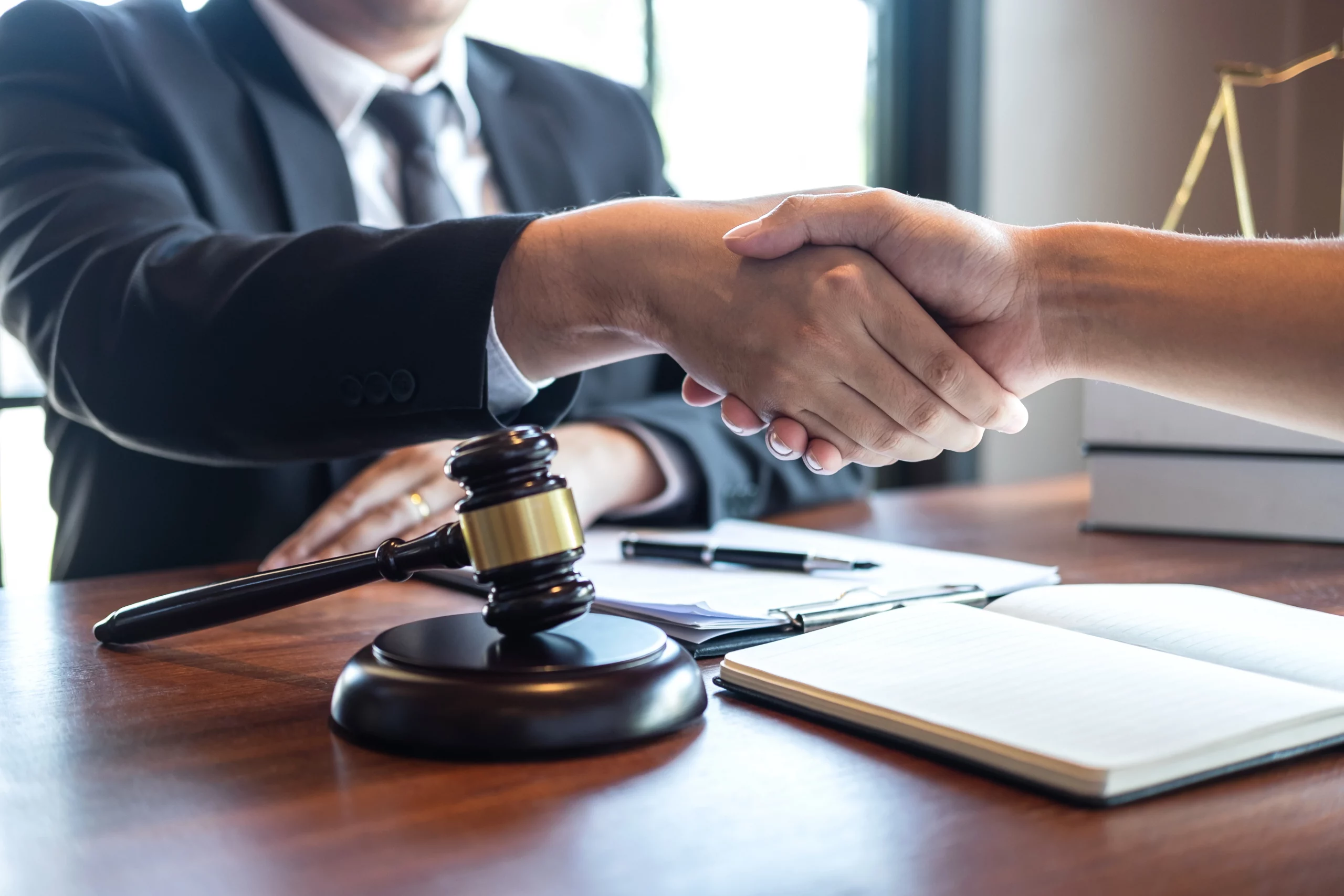How Do I Win a Claim for a Slip & Fall Accident?
The Best Premises Liability Injury Law Firm
Premises Liability > Claims > How to Win
Learn the elements you need for a strong slip and fall injury claim, and how to maximize your compensation from the insurance company.
A homeowner or company owner is responsible for ensuring their guests’ safety whether they are in their home or at their place of business.
The property owner or company where you fell should be held financially responsible for your medical bills and other losses if you were harmed in a fall.
Your injury claim hinges on your actions in the first ten minutes following a fall and throughout your recovery.
You’ll need to prove that the property owner’s carelessness caused your injuries before the insurance company will pay you any money.
You’ll need solid proof of the four cornerstones of a successful injury claim.
Collect data that demonstrates
- You fell and hurt yourself.
- The owner of the property was responsible for your safety.
- The property’s dangerous condition necessitated attention.
- The property owner was aware of or should have been aware of the risk.
In addition, you’ll have to show that you weren’t to blame for what led to your fall.
Obtaining a reasonable insurance payout on your own should be possible if you have only suffered minor injuries from a fall. What follows is a detailed explanation of filing a claim with an insurance carrier after an accident and what documentation will be required to prove your losses.
Injury Claims
Free Consultation
NO FEE UNLESS WE WIN
Document Care for Your Injuries and Treatment
You’ll need to provide evidence to the insurance company of when and where you fell and the full extent of your injuries.
Some common pieces of evidence used to confirm a fall are:
- Photograph- are an irreplaceable part of any insurance claim. Photograph your wounds; any clothing ripped or stained by blood and the dangerous condition that caused your fall.
- Weather reports– If you think the weather played a role in your fall, you should review meteorological reports from the day of the accident.
- Witness statements– Comments from witnesses can be helpful as additional confirmation of your account. Get a statement from anyone who may have witnessed your fall, assisted you, or was aware of the danger.
After a fall, you should always seek medical attention immediately. Your injury claim will suffer greatly without appropriate medical documentation. You need to show that the slip and fall hurt you physically.
Typically, insurance companies will dispute any claim that is more than $10,000. The best way to maximize your compensation after a serious injury is to have it handled by a personal injury attorney.
Gather your treatment and therapy records, including bills and reports. Even if your health insurance covers most expenses, you should still request bill copies.
Treatment providers may include:
- Emergency responders
- Primary care providers
- Chiropractors
- Physical therapists
- Rehabilitation doctors
Save your receipts for any medical supplies you buy, such as bandages, crutches, and prescriptions.
Take the ego injury analogy:
After a productive session at the gym, Luke heads home. After his workout, he walks confidently into a nearby store to buy a water bottle. Two teenagers are at the fountain soda when they drop their drink into the tile floor.
Luke trips over the pool of Coke that had been spilled. He collapses to the floor, muttering something about losing his “pump.”
The kids dismiss him with mock laughter and go out. To everyone’s relief, Luke is unharmed and able to stand up. He feels like a complete idiot because the youngsters made fun of him.
Luke will not be able to sue the convenience shop where he fell and get any money for his injuries. Though his ego took a hit, he escaped the fall unscathed.
A damaged ego is not a physical injury. An actual injury must have occurred to file a valid insurance claim.
Prove That an Unsafe Situation caused an Injured
A slip-and-fall accident is not sufficient proof of property owner culpability. You must show that a “hazard” exists on the property to win your case.
Your injury claim should include proof of the hazardous condition that caused your fall.
Examples of unsafe conditions that support a slip and fall claim may include:
- Damaged or missing pavement
- Uncleared ice or snow
- Clutter or debris on a floor
- Uneven pathways
- Slick or wet surfaces
- Poorly lit walkways
- Damaged stairs
- Too narrow walkways or doorways
If you want to hold the property owner accountable for what caused your fall, you should keep records of the dangers you discovered after that. Collect testimonies from people who have seen the dangerous situation for themselves. You should photograph the scene, including the object you tripped over and anything else around.
Take extra pictures at the injured site when you return a few days later. If subsequent photos show that the property owner has removed the danger, then it is evident that there was an existing risk before your fall.
Take images of the dangerous situation from various distances and up close. Make it sound like the danger was difficult to spot or avoid. More convincing would be your case if it was exceedingly challenging to avoid the risk.
The insurance industry does not want to pay out claims to “victims” who should have taken greater precautions to avoid harm.
Affirm that You Are the Owner. Recognized a Danger
According to slip and fall statutes, a property owner must have actual or constructive knowledge of a hazardous situation on their premises to be held legally accountable for any resulting injuries. In every case, the owner knew or should have known about the risk.
Fairness motivates the existence of premises liability laws. They provide a window of opportunity for property owners to remedy dangerous conditions before being held accountable for injuries sustained due to a slip and fall.
It can be difficult to prove that a person had actual “knowledge” of a dangerous situation. Information on the origin of the risk factor might be used to prove that the owner was aware of the danger.
One example of a potentially dangerous circumstance is a box left on the floor by an owner or employee. Another case in point would be a worker who ignores a floor wax problem in a high-traffic area.
A company may be held liable for any injuries on its premises even though it had nothing to do with the hazard in the first place.
Take, for example, a toy store where numerous customers informed the manager that they had stepped on marbles. The store is aware of a potentially hazardous situation because of customer complaints. If the store does not take reasonable precautions to collect the marbles, it may be liable for any injury caused.
Slip and Fall Precautions: Defining “Reasonableness”
Property owners have no legal requirement to fix every potential safety issue on their premises. However, the owner must take “reasonable” precautions to ensure the safety of others.
After a snowstorm, it’s appropriate for a property owner to remove the walkway and salt it to make it safer for pedestrians to use. The legislation does not require the owner to completely dry the sidewalk, even if it is still slightly damp or slippery.
A property owner can “reasonably” protect others by erecting barriers around hazardous places, such as warning signs or fencing.
The staff is obliged to warn you of the danger posed by a spill on the floor by placing “wet floor” signs or cones if they cannot mop it up immediately. If you trip and fall and someone else fails to post a warning, they may be liable for your injuries.
Proving the property owner’s “knowing” is perhaps the most difficult component of a slip and fall lawsuit. The good news is that you are capable of succeeding.
In a case involving premises liability, surveillance footage can be crucial. To ensure that any security or surveillance film from the day of your injury is kept safely, you or your lawyer should send a written demand for its retention.
Staff may be seen on camera causing a hazard, or it may be shown that other customers have reported the same thing.
Events may be timestamped on the CCTV footage, indicating that the owner took a long time to address a safety issue after it was reported. A lengthy delay may indicate that the owner did not take reasonable measures to ensure the location’s safety.
Incident reports are also useful for demonstrating a company’s awareness of risk. When a customer falls within a store, the store will fill out a report of this kind. The incident report describes what happened and why. Evidence that a business was aware of a dangerous situation but did nothing to correct it can be found in incident reports detailing similar accidents.
A business owner will not provide copies of their CCTV footage or incident reports unless you serve them with a subpoena.
Formal Letters of Claim Drafting
If you or a loved one has been injured due to someone else’s negligence, you can begin the process of seeking compensation by sending two essential claim letters.
Alert Note
The first crucial letter helps alert the property owner’s insurance company that you want to file a claim for damages. The property owner may need to be notified to obtain the insurer’s contact details.
The letter includes:
- The date the letter was sent
- The date and place of your slip and fall accident
- Your full name and contact information
- A summary of the incident;
- A brief account of how you were hurt.
- The identity and contact details of the property’s owner
It’s important to give the insurance company advance notice that you intend to file a claim for an injury. There’s no need to hold off until your medical care is done.
Simple is best. Your claim is premature to dispute or settle at this time.
With our provided sample Slip and Fall Notification Letter, we hope to have made this process simpler for you.
Sending a Demand Letter
If you are handling your claim, you can send a demand letter to the liability insurance provider for the property owner once you have fully healed. Demand payment only after you have received medical attention and fully understand the nature and cost of your injuries.
This letter is a formal demand for compensation for your damage and contains more information than a simple notification letter.
A strong demand letter will include the following elements:
- A description of what happened during the accident;
- An explanation of why the property owner is at fault for your injuries.
- Specifics about how you were hurt
- A breakdown of the costs you’ve racked up due to the damage you’ve endured
- A slip and fall demand packet is described here.
Collect the Facts
Make sure you have your evidence in order before writing the demand letter. You will also need
- Wage loss statements
- Statements from persons who saw your sorrow or suffering,
- A journal of your own experiences.
The pursuit of your claim requires constant evidence gathering.
The demand letter should refer to the proof, and the demand packet should contain copies of the most important papers.
Review Your Claim’s Value Calculation
Before you draft a demand letter, you’ll need to calculate the value of your personal injury claim. Once you have an idea of your claim’s value, you’ll know how much compensation to demand from the insurance company.
The value of a claim includes both “special damages” and “general damages.”
- Special damagesare concrete and are usually easy to calculate. They include compensation for medical bills, lost wages, and other hard costs from your fall.
- General damagescan be more challenging to calculate because you won’t have bills or receipts. However, there are ways to establish the value of your pain and suffering after a slip and fall.
Unusually large or outlandish general damages claims can weaken your negotiating position with the insurance adjuster.
Get Ready to Make a Case For It
It’s important to consider the big picture while constructing a compelling personal injury claim. Plan ahead for the challenges that lie ahead.
Be patient: Wait your turn. Filing a claim for personal injury is fraught with uncertainty. As an illustration, the insurance adjuster you called might not call you back until much later. You may have heard that the laws in your jurisdiction differ from those in another jurisdiction. Occasionally, the adjuster’s method of negotiating may feel foreign to you.
These facts notwithstanding, patience is required. Patience will allow you to have a level mind and make better choices. Mistakes are made at great expense when anger or fear are allowed to control one’s actions.
Make sure you’re completely prepared: Be well-versed in every aspect of your claim. If you know everything about your case, you will have a greater chance of convincing an adjuster that you need reimbursement.
If you need to refresh your memory on specifics, look back over old documents and images.
The majority of claims are resolved after some back-and-forth with the adjuster. Even so, it’s prudent to be prepared for various outcomes, not just one.
Knowing the potential experts who can help you resolve your claim will provide peace of mind. When dealing with a claim, it helps to have some background knowledge about • Personal Injury Attorneys.
- Personal Injury Attorneys
- Insurance Company Attorneys
- Mediators or Arbitrators
You must be sure to “dot” all of the “I”s and “cross all of the “T”s from here on out. Check that there are no major holes in your argument and that your proof supports your claims.
Obtain Competent Counsel
An skilled personal injury attorney will normally provide a free consultation, and you are under no obligation to retain the services of the attorney with whom you initially speak. Most personal injury lawyers take cases on a contingency fee basis, which means they don’t get paid unless you do.
You should hire a lawyer to help you recover the maximum compensation for your injuries if they are serious or long-lasting.
Complex claims, such as those involving preexisting conditions or those in which the insurance adjuster suggests you share fault, also necessitate the assistance of an attorney.
Your lawyer can handle everything from collecting evidence to drafting a demand letter to negotiate a settlement on your behalf.
A consultation with an attorney is useful even if you decide to handle the claim independently. Learn for free what a competent lawyer can do for you.

FREE CASE REVIEW
We are standing by ready, willing, and able to help you. You can schedule a free consultation here on our website, or give us a call and talk to us. Whatever you prefer, we will accomodate you!








